FP in JavaScript
by lucifer@duiba

slides online
About Me

homepage: https://azl397985856.github.io/
Agenda
- what is it ?
- terminology
- examples
- further more
- pros & cons
- next
appetizer

why FP
and why JavaScript
FP become more and more popular.



Many large application codebase and popular framework such as Elm , redux, ramda and react have adopted to FP in the past 3 years.

JavaScript adopted Scheme and Awk ,take function as first class citizen.
HOF and closure make it pretty suitable for FP.
So JavaScript will be our means of learning a paradigm
what is it ?
Functional programming is a programming paradigm
FP is the process of building software by composing pure functions, avoiding shared state, mutable data, and side-effects.
FP focus on process, OOP focus on data itself.
But functional code can also seem a lot more dense, and the related literature can be impenetrable to newcomers
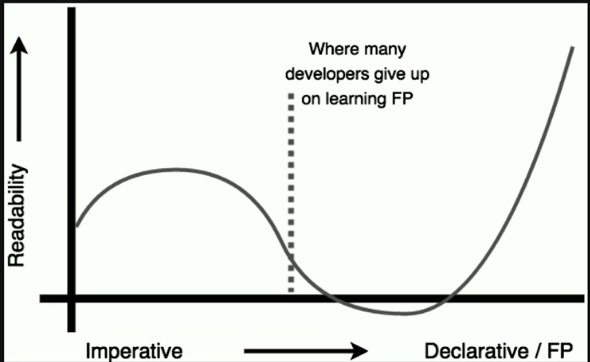
Terminology
take a breath

- Pure functions
- Function composition
- curry
- Avoid mutating state
- Avoid side effects(not mentioned)
- Declarative(not mentioned)
-
Imperative(not mentioned)
Pure Function
first class functions


F of FP means mathematical function, not function of javaScript
- Given the same inputs, always returns the same output, and
- Has no side-effects
what does it make ? - see referential transparency(discus later)
// pure function
const add10 = (a) => a + 10
// impure function due to external non-constants
let x = 10
const addx = (a) => a + x
// also impure due to side-effect
const setx = (v) => x = v Function Composition
- Function composition is the process of combining two or more functions in order to produce a new function or perform some computation
what does it make ? - fully reuse your code
const add1 = (a) => a + 1
const times2 = (a) => a * 2
const compose = (a, b) => (c) => a(b(c))
const add1OfTimes2 = compose(add1, times2)
add1OfTimes2(5) // => 11const add1 = (a) => a + 1
const times2 = (a) => a * 2
const pipe = (a, b) => (c) => b(a(c))
const add1OfTimes2 = pipe(add1, times2)
add1OfTimes2(5) // => 12compose
pipe

curry
You can call a function with fewer arguments than it expects. It returns a function that takes the remaining arguments.
You can choose to call it all at once or simply feed in each argument piecemeal.
const add = x => y => x + y;
const increment = add(1);
const addTen = add(10);
increment(2); // 3
addTen(2); // 12
Avoid mutating state
var obj = ={a:1};
var obj2 = obj;
obj2.a = 2;
console.log(obj.a); // 2
console.log(obj2.a); // 2uh...
FP is immutable
will create a new one , instead of mutating
So... what about the performance ?
const data = {
to: 7,
tea: 3,
ted: 4,
ten: 12,
A: 15,
i: 11,
in: 5,
inn: 9
}immutablejs(tree + sharing)
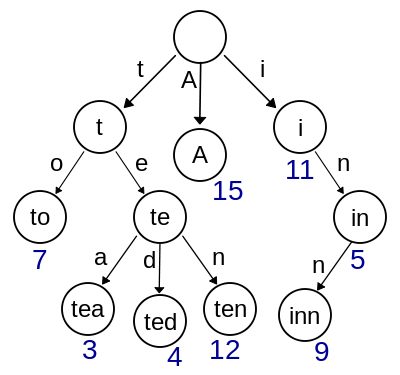
const data = {
to: 7,
tea: 3,
ted: 4,
ten: 12,
A: 15,
i: 11,
in: 5,
inn: 9
}tea from 3 to 14.
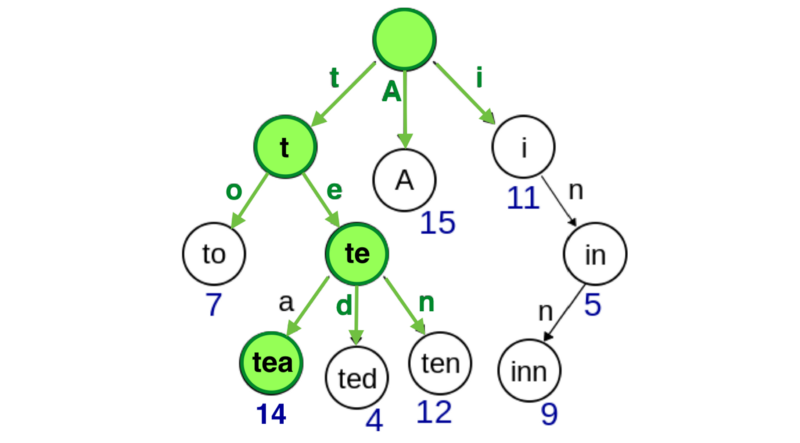
examples
news list
In practice, we cheat and use side effects , but we'll keep them minimal and separate from our pure codebase.
And for the sake of simplicity and explainability, I will take pure js instead.

our html
<!doctype html>
<html>
<head>
<meta charset="utf-8">
<title>Demo</title>
</head>
<body>
<div id="main" class="main"></div>
<script src="main.js"></script>
</body>
</html>our main.js
const $ = require('jquery');
const { curry, compose } = require('ramda');
// auto curried in FP language, and in JS we should curry manually
// (cb, url) => $.ajax(url, cb)
const getJSON = curry((cb, url) => $.ajax(url, cb));
// (selector, html) => $(selector).html(html)
const setHtml = curry((selector, html) => $(selector).html(html));
// for debugging
// (tag, x) => { console.log(tag, x); return x; }
const trace = curry((tag, x) => {
console.log(tag, x);
return x;
});
const getNewsByTitle = title => `http://news.test.com/api/v2/news?title=${title}`;
const app = compose(getJSON(trace('response')), getNewsByTitle);
// search all the news and query the news which has a title of 'hello world'
app('hello world');our main.js
// assume we have data structure like this:
{
items: [{
title: 'hello world',
author: 'lucifer',
cover: '',
content: '',
publishDate: ''
}, {
...
},
...
],
}
our main.js
const prop = curry((property, object) => object[property]);
// ['url1', 'url2', 'url3']
const coverUrls = compose(map(prop('cover')), prop('items'));
const img = src => $('<img />', { src });
// [<img src="url1" />, <img src="url2" />, <img src="url3" />]
const images = compose(map(img), coverUrls);
// <div id="main"> <img src="url1"/> <img src="url1"/> <img src="url1"/> </div>
const render = compose(setHtml('#main'), images);
const app = compose(getJSON(render), getNewsByTitle);
app('hello world')const $ = require("jquery");
const { curry, compose, map } = require("ramda");
const { getUrlParam } = require("./utils");
import news from "../db/news.json";
const queryNews = curry((url, news) => {
const title = getUrlParam("title", url.slice(url.indexOf("?")));
return {
items: news.filter(item => item.title.indexOf(title) !== -1)
};
});
const ajax = (url, cb) =>
setTimeout(() => cb(queryNews(url, news.items)), Math.random() * 1000);
const getJSON = curry((cb, url) => ajax(url, cb));
const setHtml = curry((selector, html) => $(selector).html(html));
const trace = curry((tag, x) => {
console.log(tag, x);
return x;
});
const getNewsByTitle = title =>
`http://news.test.com/api/v2/news?title=${title}`;
const prop = curry((property, object) => object[property]);
const coverUrls = compose(
map(prop("cover")),
trace("items: "),
prop("items")
);
const img = src => $("<img />", { src });
const images = compose(
map(img),
trace("coverUrls: "),
coverUrls
);
const render = compose(
setHtml("#main"),
trace("iamges: "),
images
);
const app = compose(
getJSON(render),
trace("news url: "),
getNewsByTitle
);
app("hello world");
code can be found here: https://github.com/azl397985856/functional-programming/tree/master/examples/news
finally

trace
a little confused?
take it easy~
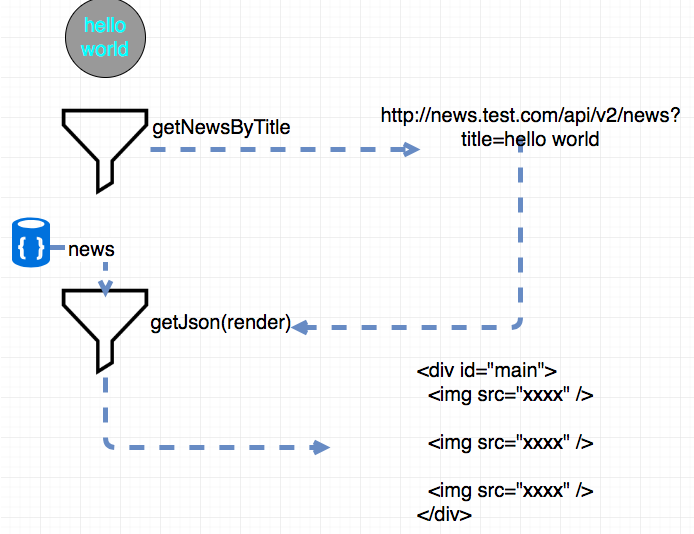
how does news-list work?
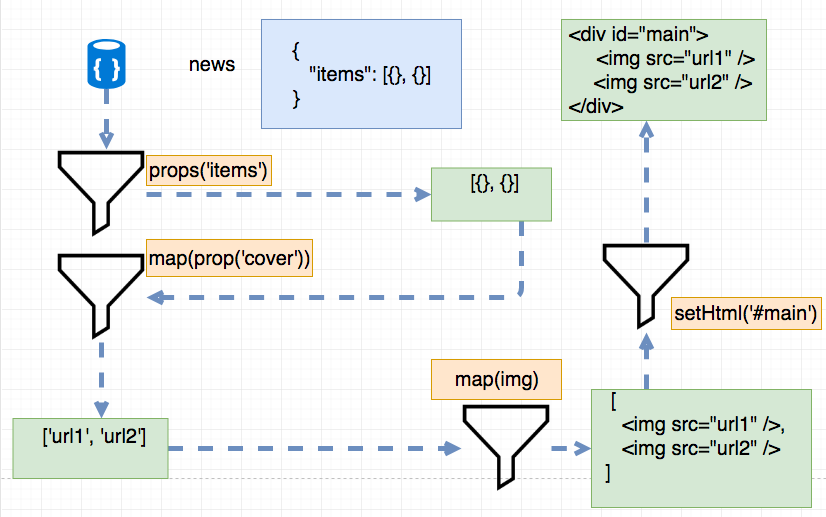
const coverUrls = compose(map(prop('cover')), prop('items'));
const img = src => $('<img />', { src });
const images = compose(map(img), coverUrls);
const render = compose(setHtml('#main'), images);
const app = compose(getJSON(render), getNewsByTitle);further more
todo list with react
code can be found:
https://github.com/azl397985856/functional-programming/tree/master/examples/todoList

const getItem = item => <li>{item}</li>;
const getWrapper = className => items => <ul className={className}>{items}</ul>;
const render = compose(getWrapper('demo-wrapper'), map(getItem))
ReactDOM.render(
render(['todo1', 'todo2', 'todo3', 'todo4']),
document.getElementById('main'));
simple

const store = {
todos: ["todo1", "todo2", "todo3", "todo4"]
};
function forceRender() {
ReactDOM.render(render(store.todos), document.getElementById("main"));
}
function deleteTodoByItem(item) {
store.todos = store.todos.filter(todo => todo !== item);
forceRender();
}
const getItem = onDelete => classname => item => (
<li className={classname} key={item}>
{item}
<span className="delete" onClick={onDelete.bind(null, item)}>
X
</span>
</li>
);
const getWrapper = className => items => <ul className={className}>{items}</ul>;
const render = compose(
getWrapper("demo-wrapper"),
map(getItem(deleteTodoByItem)("demo-todo-item"))
);
ReactDOM.render(render(store.todos), document.getElementById("main"));
and more
Pros & cons
Pros
-
high-level abstractions that hide a large number of details of such routine operations like iterating -
out of the hell of side effect and mutable data. -
faster(sometimes)
lazy evaluation
square(3 + 4)
(3 + 4) * (3 + 4) // evaluated the outermost expression
7 * 7 // both reduced at the same time due to reference sharing
49square(3 + 4)
(3 + 4) * (3 + 4) // evaluated the outermost expression
7 * (3 + 4)
7 * 7
49normal
Haskell( a FP language)
const results = _.chain(people)
.pluck('lastName')
.filter((name) => name.startsWith('Smith'))
.take(5)
.value()another example
Cons
performance(sometime)
If the imperative version is tree like, the cost for lookups in the functional version is the same, but the cost for updating is a bit higher because a path needs to be copied rather than just 1 node modified in place.
For a data structure like an unordered map, you can use a hash table backed by an array for the imperative version, but you'll have to use a tree for the purely functional one. This can cause about a 10x-20x slowdown.
Data Structures Are Antithetical to Functional Programming
- Data.Map.Map is a balanced binary tree internally, so its time complexity for lookups is O(log n). I believe it's a "persistent" data structure, meaning it's implemented such that mutative operations yield a new copy with only the relevant parts of the structure updated.
- Data.HashMap.Map is a Data.IntMap.IntMap internally, which in turn is implemented as Patricia tree; its time complexity for lookups is O(min(n, W)) where W is the number of bits in an integer. It is also "persistent."
- Data.HashTable.HashTable is an actual hash table, with time complexity O(1) for lookups. However, it is a mutable data structure -- operations are done in-place -- so you're stuck in the IO monad if you want to use it.
FP uses recursion instead of loops.
So FP‘s call stack would be more longer,which means more memory and more excution time.
References
- https://github.com/azl397985856/functional-programming
- https://github.com/stoeffel/awesome-fp-js
- https://github.com/MostlyAdequate/mostly-adequate-guide
- https://ramdajs.com/
- https://github.com/knowthen/elm
- https://www.haskel.com/
next
- container
- error handling
- async handling
- monad